There is no Model 2
The Model 1 computer is designed to never need replacing. There is no built-in obsolescence. There is no plan for a Model 2 with some ‘new and improved’ design or features intentionally missing from last year’s model.
Green by Design – Eco Care and Repair
The Model 1 is a powerful evolving system based on standard components that the owner can upgrade, repair, or swap out as needed. You won’t need to find an expensive certified service technician with special tools to have your computer repaired.
The Model 1 does not have odd-sized difficult to find costly components that render the system useless when minor repairs are required.
The greenest computer is one that doesn’t need to be thrown into the city dump and replaced every few years for a newer model.
Green by Design – Eco Power
The Model 1 has a power supply equipped with a special Eco-Modethat runs the computer on about 60 watts of electricity. Building the computer with low-power components helps achieve optimal energy efficiency. The power supply is rated at 550W, but runs quiet and cool at 60 watts.
By comparison, many laptop computers have power cords rated at 65 watts to 100 watts. A typical desktop computer may use 200 watts or more, with some power supplies as big as 1,800 watts for component intensive systems.
If you use the computer 8 hours daily for a full year, the cost would be about $17. With a 24-inch display using 14 watts ($4 per year), the total cost of operation would be about $21 per year (at 10 cents per KWh).
In sleep mode, the Model 1 uses 1/100th of a watt. That’s less than one penny for a year in the sleep/standby mode.
Right Sized
Large computers require more materials to build and usually use more power. Computers that are too small typically become difficult to repair or upgrade, and they use specialized parts with limited long-term availability.
The Model 1 is about 8 inches wide, 13.5 inches tall, and 15.5 inches deep (or 18 inches deep with cables connected in the back). The design is smaller than traditional desktop computers, but still a good size for easy upgrades and repairs. The industry standard ‘Mini Tower’ dimensions of the Model 1 accommodate standard parts.
Your Cost = My Cost
The cost of a Model 1 is the exact cost of the parts as purchased from Amazon. Because component prices change from one day to the next, even hourly, the total system cost for the Model 1 fluctuates. The current pricing as of 28 Aug 2021 is below with links to the online sources.
| Component | Current Cost | Link |
| CPU – AMD Ryzen 5 3400G 4-Core 3.7GHz | $309.00 | https://amzn.to/3zjvlDq |
| RAM – 16GB | $74.99 | https://amzn.to/3krzgrt |
| Storage – 1TB Solid State | $99.99 | https://amzn.to/3BjpPRJ |
| Power Supply – EVGA 550W | $69.95 | https://amzn.to/3zntT2J |
| Motherboard – Gigabyte B450 | $156.00 | https://amzn.to/2WvLWW8 |
| Case – NZXT H210 White | $74.99 | https://amzn.to/3kAusjp |
| TPM – Trusted Platform Module 2.0 | $90.00 | https://ebay.to/3sYKS99 |
| TOTAL | $874.92 |
Feature Highlights
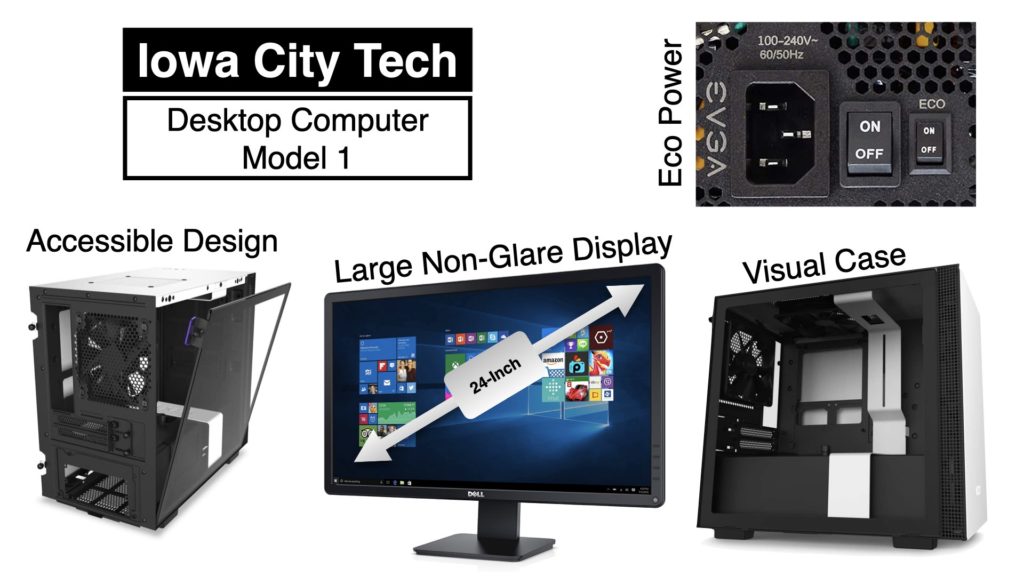
Choose Your Operating System
The Model 1 can accommodate Linux or Windows 10 operating systems. Linux is free. Pricing for Windows 10 is $140 for the home version or $200 for the professional version. This is the cost from Microsoft for USB installation media and the license. The Model 1 has a TPM 2.0 chip that allows upgradeability to Windows 11 when that becomes available.
Choose Your Display
Because people have different preferences about display size and matte versus glossy surface material, the display is considered to be a separate purchase. Purchasing or repurposing a used display is a good way to make the system more environmentally friendly and more economical.
Someone with an existing display can use the one they already own. The Model 1 computer has two HDMI and one DisplayPort output. An adapter connected to the DisplayPort output can accommodate VGA or DVI cables to work with just about any display.
A nice 24 inch Dell display on Amazon would be about $250 as shown below. [Learn More] A used model in good condition could be purchased on eBay or locally for $60 to $100. Choosing a monitor with non-glare matte surface is recommended.
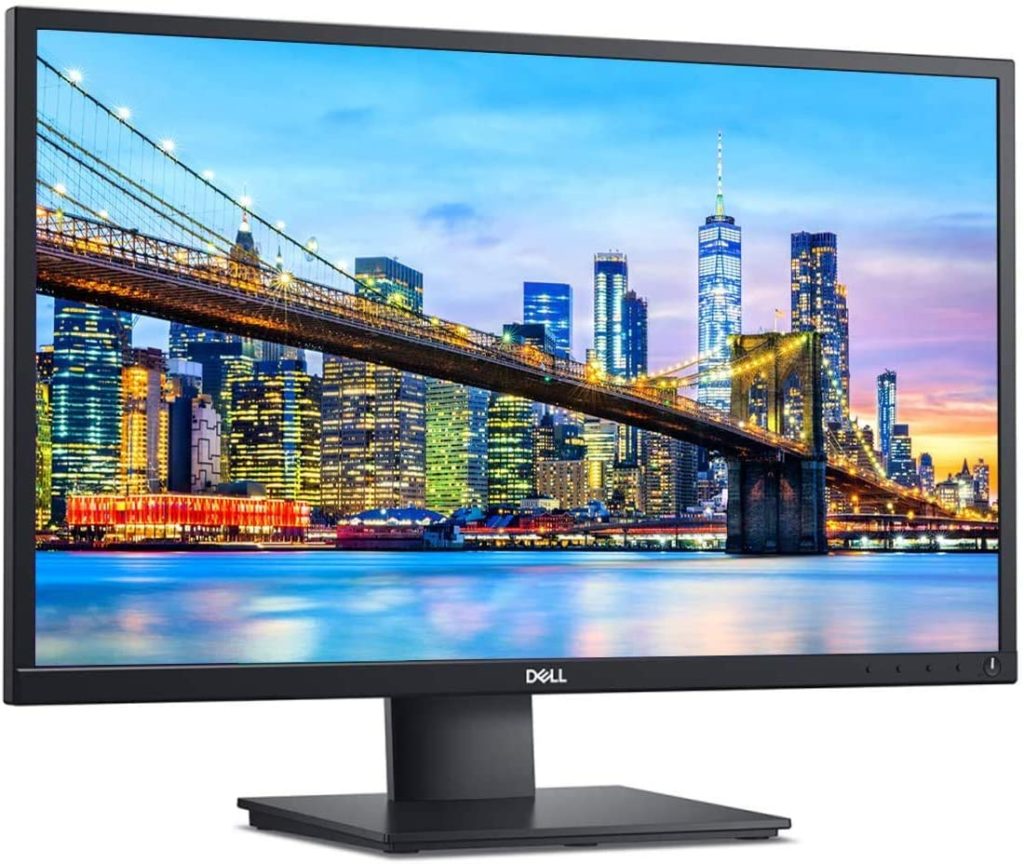
To save even more power, an energy efficient portable display could be used. These are typically $200 to $250. An example is below. [Learn More]
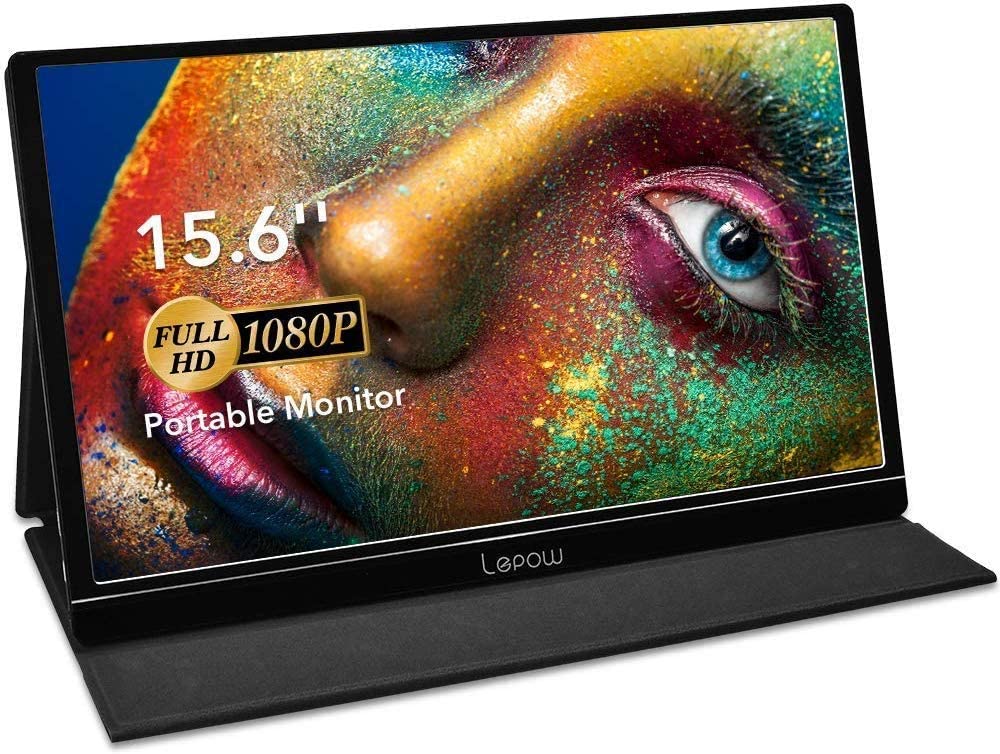
Choose Your Keyboard
Each person has a preference for what keyboard fells best. However, generally speaking, the best keyboard is a basic Dell keyboard for value and comfort. The cost is about $20. [Learn More]

Choose Your Mouse
A basic wired mouse, such as the Logitech B100 pictured below works really well and costs about $8. [Learn More]
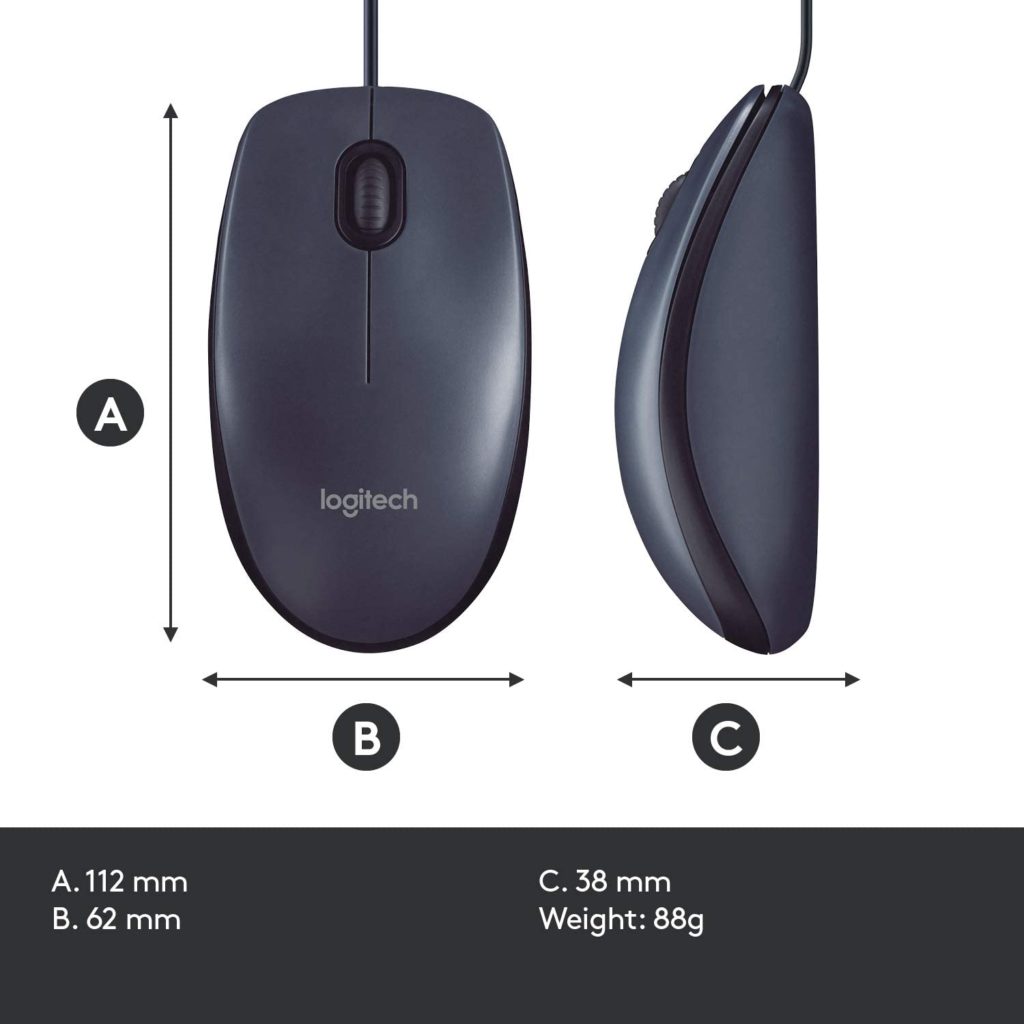
Another good choice from Logitech is the M350 wireless mouse shown below for about $25 – $30. [Learn More]

CD-DVD Drive
To save space and money, the Model 1 does not come with a built-in CD-DVD drive. Need a drive? The recommended drive is the Dell DW316 available for $60 retail. Sometimes on sales for $30. [View]
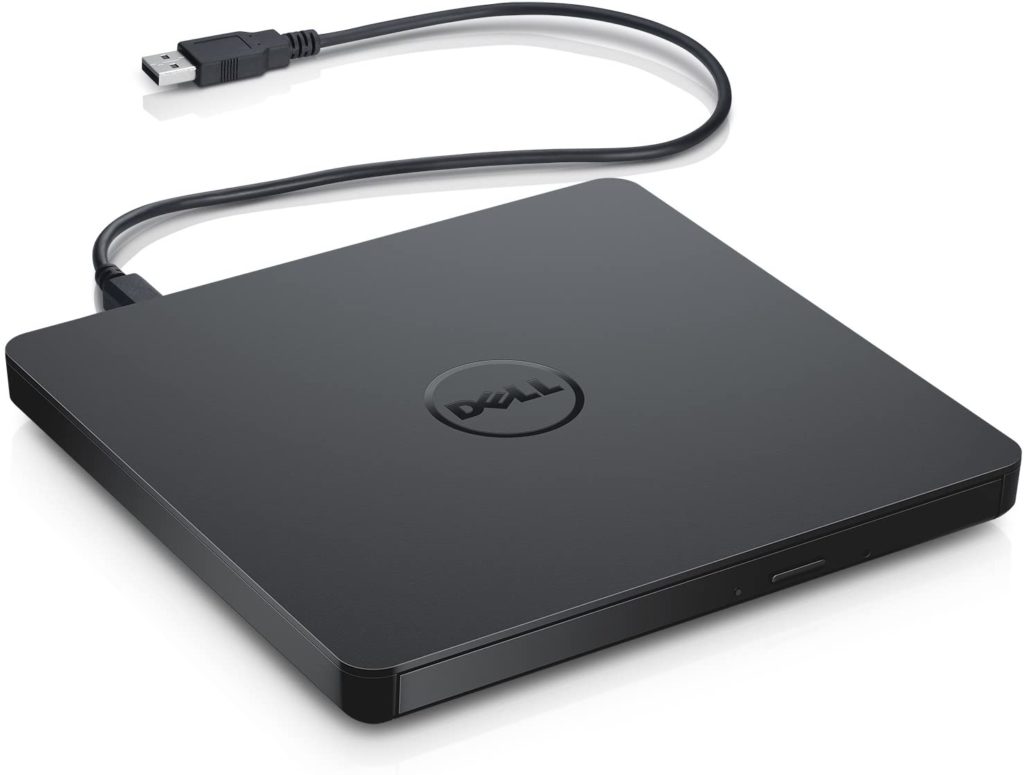
If you would prefer a Blue-ray drive, the LG model shown below is about $100 to $120. [Learn More]
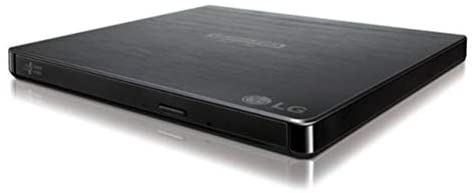
Choose Your Extension Cables
If your computer is at a distance from your desk or workspace, it is helpful to have extension cables for keyboard, mouse, video, drives, and audio. A USB extension cable, for example, can provide convenient access to a USB port that otherwise would be behind a computer or a far reach away. Here are some quality cables to consider.
- Audio Extension – It is helpful to have a headphone jack on a cable next to your keyboard, easily in reach. A 6 foot extension cable would be about $8. [Learn More]
- HDMI Extension – With a computer display, you can use a longer HDMI cable and not need an extension. A 6 foot or 10 foot cord would be about $7 to $10. [Learn More] If you want to have an HDMI extension cable, those are available for about the same price. [Learn More] With HDMI cables it is important to select high quality cables that can handle 4K resolution and other HDMI features such as sound, power, and Ethernet.
- USB A Extension – The USB A standard is the familiar small rectangular plug and port commonly found on computers. The USB 3 standard is much faster than USB 2. It is good to choose an extension cable compatible with the USB 3 standard. A 6.5 foot extension cable would be about $10. [Learn More]
- USB C Extension – The USB C standard is the smaller, reversible, new standard that is typically faster and more versatile than the older USB A plug. A 6 foot extension cable would be about $14. [Learn More]
Choose Your Power Cord
Power cords included with computers and other electronics are usually about 6 feet in length. If you have a power strip close to your computer, then you may only need a three foot power cord and can avoid the additional clutter of a longer cable. Alternatively, if your power connection is far from the computer, you can choose a 10 or 15 foot power cord. The power cord below comes in various lengths. [Learn More]

Backup Power System
Rolling blackouts and outages due to excessive demand for power, hackers, storms, or other reasons are becoming more common. A backup power system ensures you can keep computing even in a power outage. Also, a backup power system with true sine wave output provides clean power free from drops or power surges. This protects equipment from damage.
A unit that tends to perform well is the CyberPower CP1500PFCLCD PFC Sinewave UPS System, 1500VA/1000W, with 12 Outlets pictured below for about $250. [Learn More]
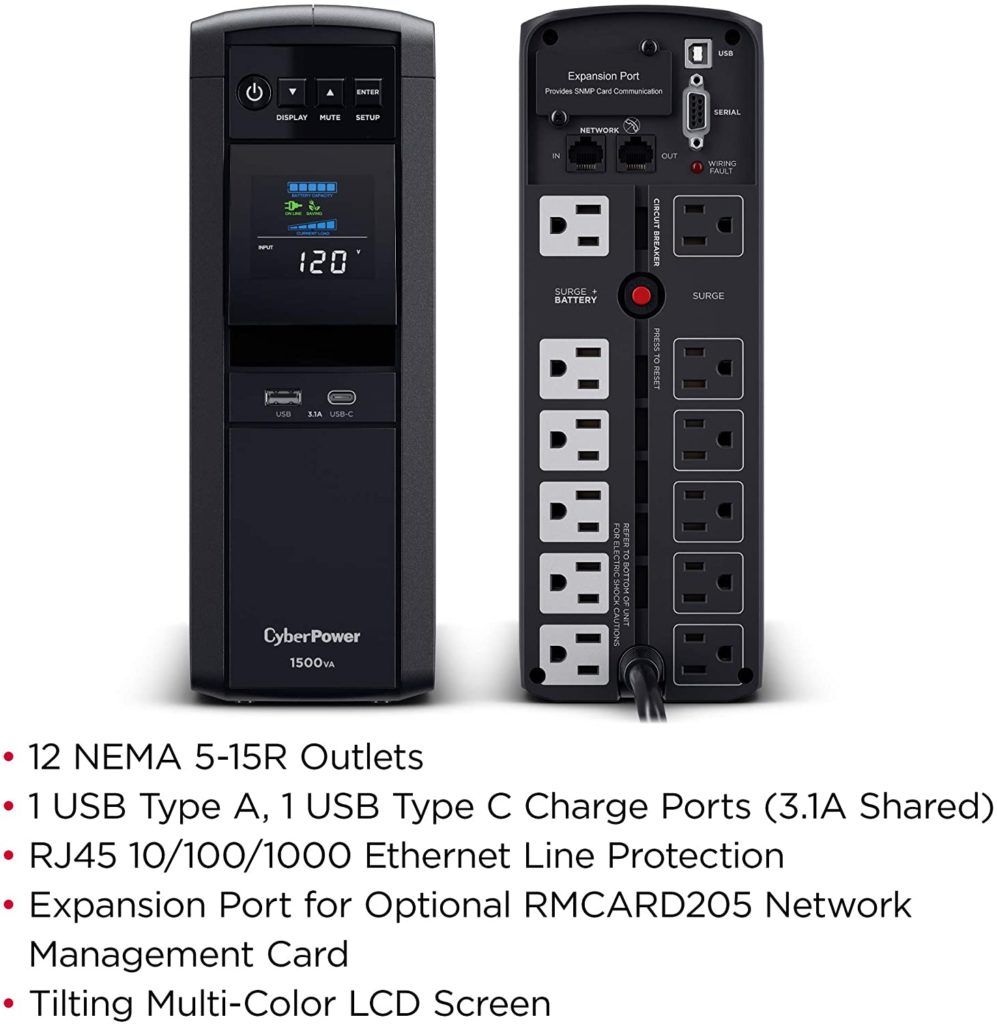
Another choice would be the APC UPS, 1500VA Sine Wave UPS Battery Backup & Surge Protector, model BR1500MS2 pictured below for about $210. [Learn More]
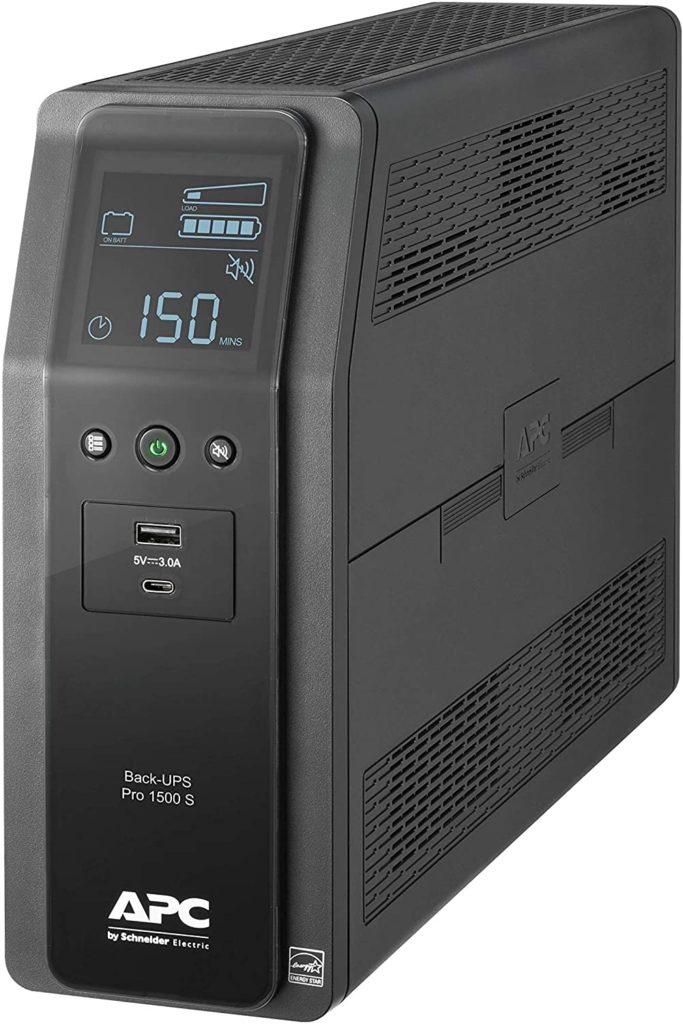
BATTERY SAFETY PRECAUTIONS
Reviews of battery backup power systems are varied. A majority of customers state that these units work great. A small number of customers claim that the units (in general) are unreliable and burn out or catch on fire.
This may be due to operating conditions, overloading the units, water damage, or other factors. Perhaps, as with any other product, there can be a small number of faulty devices. A backup power unit, because it contains a battery system, can potentially overheat or have other similar issues. Laptop computers, smartphones, and other battery powered devices run this risk.
Total Cost – About $1,200
The total cost of the computer hardware, operating system, keyboard, mouse, and display, with your choice of Windows installed is about $1,200 with no markup or margin for profit.
Additional support or specialty setup of software is charged at $100 per hour. This is the hourly rate as of 28 Aug 2021 which hasn’t change for 21 years, but may increase in the future.
No Setup Fee For Existing Customers
Existing long-time customers pay nothing for system assembly, due to a customer appreciation credit and member dividends.
New or one-time customers purchasing the Model 1 will pay $150 for system assembly. Feel free to use the shopping list above and build the computer yourself to save some money.
Service and Maintenance Tools
Here are some useful tools for service and maintenance of the Model 1 computer.
- SSD Enclosure. The Model 1 uses a solid state drive that is about the size of a stick of gum. It is connected to the motherboard and held in place with a single screw. The drive can be removed and placed in a drive enclosure. This would be useful for accessing data if the system became corrupted. It is also useful during initial setup if you are going to clone an existing Windows 10 computer to the Model 1 drive. The recommended enclosure is the Sabrent USB 3.1 Aluminum Enclosure for M.2 NVMe SSD. [Learn More]
- Windows Installation USB. Microsoft sells Windows 10 installation USB media for the home and pro version. This is helpful for reinstalling Windows on your computer. [Home | Pro]
# # #
Further Reading
Below is further reading on the topic of purchasing a desktop computer.
Want a Name Brand Computer?
If you need a new desktop computer, but want a name brand computer, here are two systems I would recommend.
- Dell OptiPlex 7090 Small Form Factor ($1,080). This computer comes with a keyboard and mouse as well as Windows 10 Pro installed. The computer display would be purchased separately. It is a fast durable computer. Note that the price only includes 256GB of storage, compared to the Model 1 which has 1,000 GB of storage. The system features the 11th Generation Intel® Core™ i5-11500 (6 Cores, 12MB Cache, 2.7GHz to 4.6GHz, 65W) and has 16GB RAM. According to Dell, the $1,080 price is reduced $462.43 from the $1,541.43 regular price. The link here goes directly to Dell’s product page. [Dell Product Page]
- HP – ENVY Desktop – Intel Core i5 – 12GB Memory – 512GB SSD ($700). This computer comes with a keyboard and mouse as well as Windows 10 Pro installed. The computer display would be purchased separately. It is a fast durable computer. Note that the price only includes 512GB of storage, compared to the Model 1 which has 1,000 GB of storage. The system features the 6 core Intel 10th Generation Intel® Core™ i5-10400 at 2.9 gigahertz and has 12GB RAM. So, somewhat slower than the Dell mentioned above. [Best Buy Product Page]
These systems have Intel processors which typically cost more than AMD for equivalent computing power.
But I saw a computer at Walmart for $350 that comes with a display…
There will always be lower cost computers available. These typically have slow processors, limited memory, and less storage. They are probably not as durable or easily repairable as the recommendations above. Some lost cost computers come with Windows 10 S (a limited version of Windows). So, it’s better to buy something that will perform well and hold up over a longer period of time. If you’re on a very limited budget, then purchasing a used computer for about $300 will be a better choice. You’ll get more for your money than if you’d spent the same money on a new computer. However, you’ll end up with a 5 year-old computer.
Disclosure
The links above to products on Amazon may result in a referral revenue. Because any product can have referral revenue, any specific product recommendations are obviously not influenced.
Document History
This document was first published as a post on 28 Aug 2021. [View] That post will remain. On 1 Sep 2021, this page was created to be a permanent document providing the latest news about the Model 1 desktop computer.